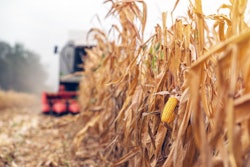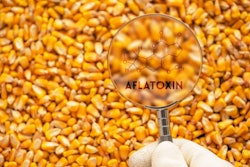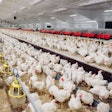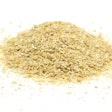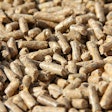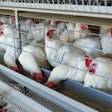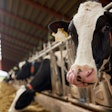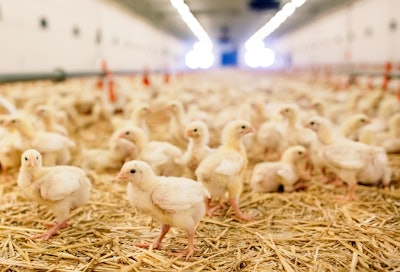
Phytase has two optimal pH levels – one low and one high.
Right now, the world lives in a whirlwind due to the unexpected (for some) war in Ukraine. My friend Michael in California tells me he spends most of his day watching the situation as it unfolds, waiting for World War III. Things are no different in the animal nutrition industry, and here we are indeed in a war against ever increasing ingredient prices.
As I mentioned in several blogs already, phosphates are one of the three major feed ingredient victims of the Ukrainian war – the other two being wheat and sunflower oil. If you are a phytase supplier, then this is the golden age for you. The same if you are a country in North Africa with near depleted phosphate mines that were abandoned and have now been given a second life. With phosphates being thrice the price they were before, it only makes sense.
But, before you super-dose your animals with phytase (one, but not the only, solution), please consider the following, which is easily ignored.
- Phytase has two optimal pH levels – one low and one high. That means it operates at its highest efficiency at two different acidity levels.
- The stomach of monogastric animals is highly acidic. Its pH in mature animals is about 2, but in neonatal and post-weaned pigs it can reach 4 or even 5.
- The small intestine has an almost fixed pH level of all species and ages, and it is strictly neutral, although at certain localities it can vary (slightly).
- Feed stays in the stomach for about 20 minutes (give or take, depending on feed composition, amount of feed, etc.) Feed in the small intestine can stay up to 4 hours. There is no reason to discuss phosphorus nutrition in the large intestine.
- Some animals are nibblers (they eat all day long), such as growing pigs and broilers. For them, the stomach is almost always full and the same can be for the small intestine.
- Other animals eat certain restricted meals, such as sows and layers. For these, the majority of phytase will have to work in the small intestine.
Before you buy a phytase, it is highly recommended to discuss with your supplier about its pH peaks, and its effectiveness at different gut segments. Picking the right or wrong phytase can make a big difference especially as we are already lowering dietary phosphorus margins and any errors will prove disastrous.


